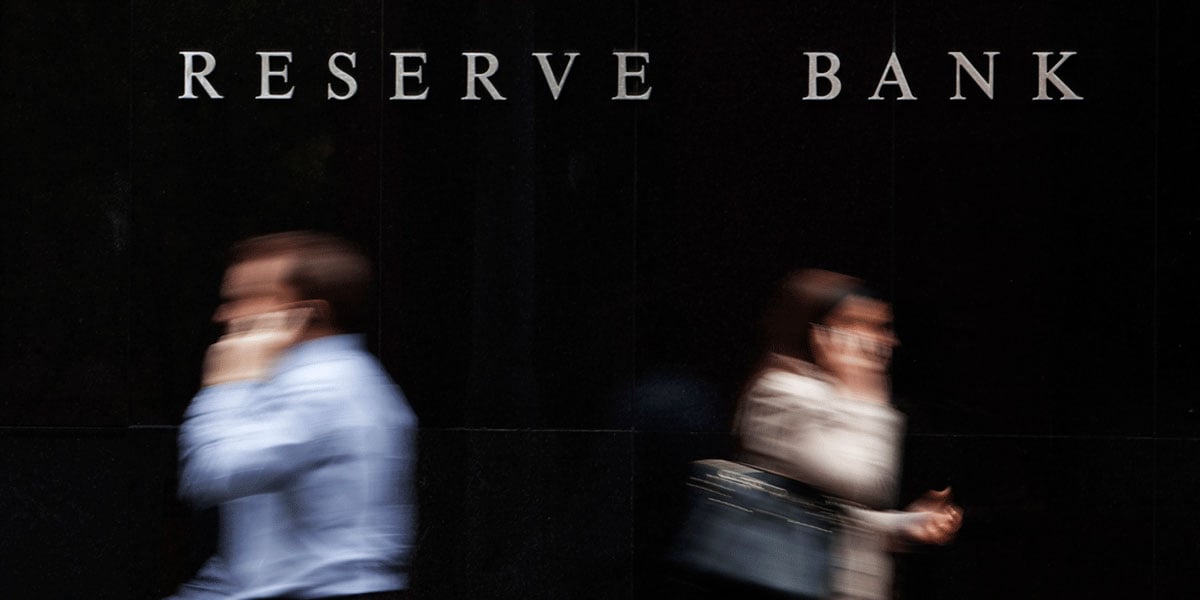Download the PDF

Digesting the RBA's December pivot
It wasn’t the early Christmas present mortgage holders had wished for, but the RBA did deliver the gift of hope that a rate cut may soon be on the central bank’s agenda. At its final meeting for the year, the RBA shifted its rhetoric in a deliberately dovish manner, indicating it was becoming less worried about upside risks to inflation following softer than expected data since November. Markets reacted predictably to the policy pivot, moving to price a 70% probability of an RBA rate cut in February, up from 50% prior to the RBA meeting and just 30% prior to the weak National Accounts data.
But the message from the RBA was far from alarmist. In fact, they believe the economy is evolving largely in line with their forecasts, though they acknowledge some data are a little softer than expected. They reiterated their view that monetary policy is restrictive, but this is appropriate as the level of demand exceeds supply. Weak demand growth reduces the amount by which demand exceeds supply and therefore the softer data means that upside risks to inflation have eased. The passage of time also means that they have increased confidence that inflation is slowing as expected. So, is a rate cut is imminent?
In the post meeting press conference, Governor Bullock acknowledged that the RBA doesn’t yet know whether or not it will be easing policy at its next meeting in mid-February, indicating the RBA will remain data dependent. She proceeded to give more colour around the Bank’s reaction function, highlighting the data that would drive their decisions and taking the opportunity to debunk the unintended implication from the November meeting minutes that “more than one good quarterly inflation report” would be required before the RBA could cut rates. The data in focus include household spending, the labour market, wages and inflation.
Key to the RBA’s dovish pivot at their December meeting was the downward surprise to household consumption. The RBA’s forecast for household consumption is for gradual improvement. If consumption fails to improve, the risk is that the unemployment rate will be higher and inflation will be lower than the RBA is anticipating, potentially causing the RBA to cut rates sooner rather than later. Unfortunately, incoming data on retail sales and household spending will be difficult to interpret due to the rise of Black Friday and Cyber Monday sales. While the September quarter was weaker than expected, the monthly data to October look slightly more promising for the forecast recovery. For now, we don’t see the consumer spending data, on its own, as weak enough to trigger a February rate cut.
The labour market is also critical to the outlook for monetary policy, both directly (full employment is part of the RBA’s mandate) and indirectly (for its impact on wages and inflation). Lower than expected wage outcomes in the September quarter were highlighted by the RBA as a reason for confidence that inflation risks are subsiding. The RBA’s current forecast is for the unemployment rate to hit 4.3% by the end of the year. But with the November labour market report showing the unemployment rate fell back to 3.9% from 4.1% in October, the labour market is much tighter than what the RBA had been thinking. Hence, the labour market data lean against a February rate cut.
The sharp decline in wage growth over the September quarter was another data point that influenced the RBA’s dovish pivot. However, the fall in nominal wage growth needs to be considered against changes in productivity growth when assessing inflation pressures emanating from the cost of labour. Unfortunately, the September quarter GDP data showed that productivity once again fell leaving unit labour costs rising by 4.3% over the year, well above a level consistent with inflation within the RBA’s target band. As there are no further reads on wage data between now and the RBA’s February meeting, the wage data do not justify a February rate cut.
Without doubt, inflation data are the most critical for the monetary policy outlook. Although underlying inflation has been slowing, the RBA does not expect it to be within its target band until late 2025. Between now and the RBA’s next monetary policy meeting in February, we will receive monthly CPI data for November and December and the December quarterly data. If these data showed inflation falling at a quicker pace than RBA’s forecasts, a February rate cut could come back into play.
For now, the RBA continues to believe the economy remains on the narrow path that brings inflation back to target while preserving employment gains. In our view, household spending, labour market and wages data are not enough, on their own, to trigger a February rate cut. This leaves the inflation data as the key trigger for an eventual February cut. But given the ongoing strength of the labour market, December quarter inflation outturns would need to significantly underperform the RBA’s expectations to justify a cut in February. Bigger picture, while the exact timing of the start of the easing cycle may be uncertain, rate cuts are coming in the first half of 2025.
